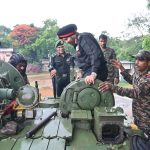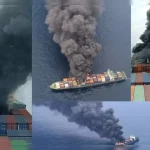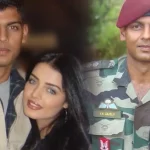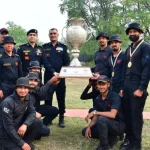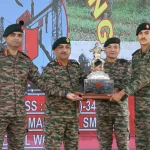In a major milestone for gender equality in the Indian Armed Forces, Sub Lieutenant Siddhi Hemant Dubey has become the second woman to qualify as a helicopter pilot in the Indian Navy. Her graduation from the 104th Helicopter Conversion Course at INS Rajali, Tamil Nadu, highlights the Navy’s growing emphasis on inclusivity, modernization, and operational readiness.
Dubey received the prestigious ‘Golden Wings’ from Vice Admiral Rajesh Pendharkar, Flag Officer Commanding-in-Chief, Eastern Naval Command, after successfully completing a demanding 22-week helicopter training course.
Also Read: Indian Navy Graduates Second Female Helicopter Pilot Alongside 17 Officers
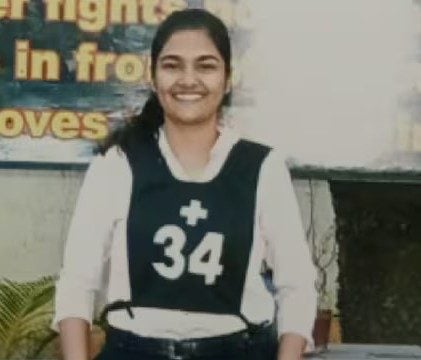
A Proud Legacy of Military Service
Hailing from Lūnasar village in Churu district, Rajasthan, Siddhi Dubey is the third generation in her family to join the armed forces. Her grandfather served in the Indian Army, and her father retired from the Indian Air Force as a missile fitter.
An alumnus of Bharatiya Vidya Bhavan, Nagpur, she pursued electronics and telecommunication engineering at Ramdeobaba College before briefly working in the IT sector in Pune. She cleared the Indian Navy selection process by ranking first among 399 candidates, and was commissioned as a naval officer on May 25, 2025.
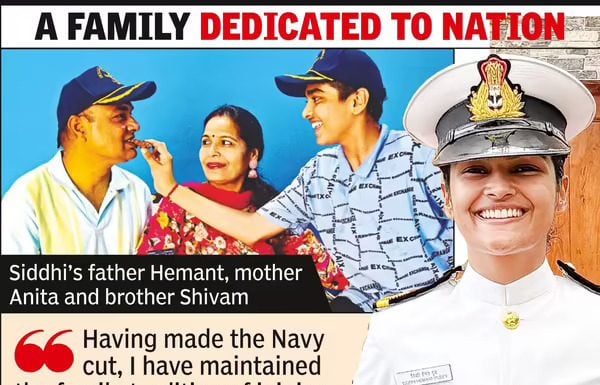
Elite Training at INS Rajali
Dubey trained at the Helicopter Training School of Indian Naval Air Squadron 561 at INS Rajali, one of Asia’s premier naval air bases. The course tested her physical endurance, mental resilience, and aviation skills. Now qualified, she will operate multi-role helicopters in missions such as:
- Maritime surveillance
- Search and rescue (SAR)
- Anti-submarine warfare
- Anti-piracy patrols
- Humanitarian aid and disaster relief (HADR)
Breaking Barriers in Indian Naval Aviation
Sub Lt Siddhi Dubey follows the trail blazed by Sub Lieutenant Anamika B. Rajeev, who became India’s first woman naval helicopter pilot in 2024. Their achievements reflect the Navy’s policy reforms since 2020, which have opened up combat and operational roles to women.
Women were first commissioned into the Indian Navy in 1992, but their roles were limited to non-combat positions. Today, they are being deployed on warships, in aviation, and in frontline operational units, a remarkable transformation in the force’s structure and ethos.
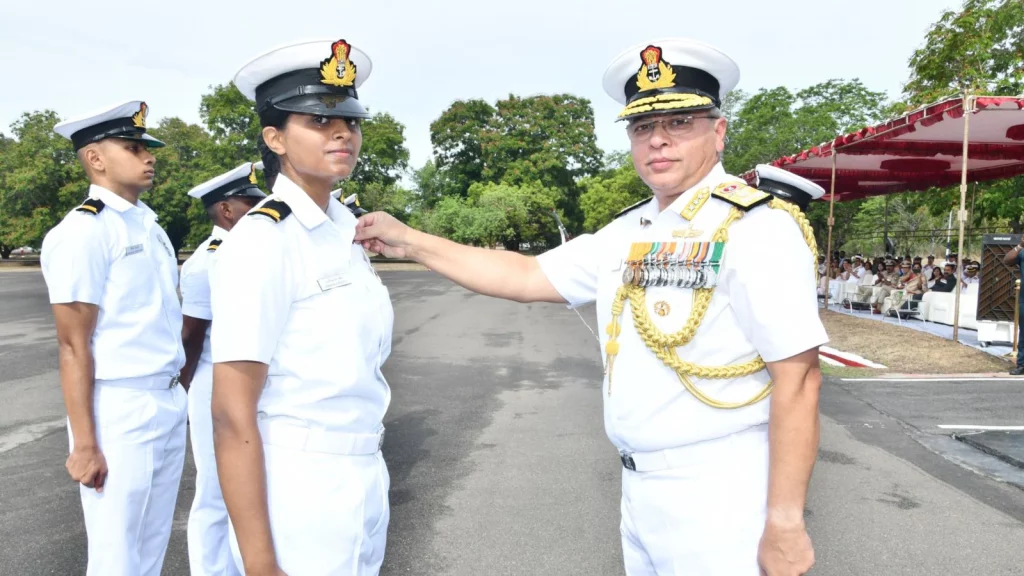
Official Praise and Future Assignments
Vice Admiral Rajesh Pendharkar congratulated the graduating officers and highlighted the significance of their achievement. He stated that the Indian Navy is proud of officers like Sub Lt Dubey who embody professionalism, precision, and perseverance.
Dubey will now be deployed to frontline naval squadrons where she will serve on active missions and contribute to strengthening India’s maritime security.
Conclusion
Siddhi’s success sends a powerful message to young women across India: that careers in the armed forces are open, achievable, and rewarding. Her accomplishment is not just a personal victory, but a symbol of India’s progressive defense reforms and commitment to women’s empowerment in uniformed services.
She joins a growing list of women pioneers in Indian defense, redefining what it means to serve the nation in the 21st century.








